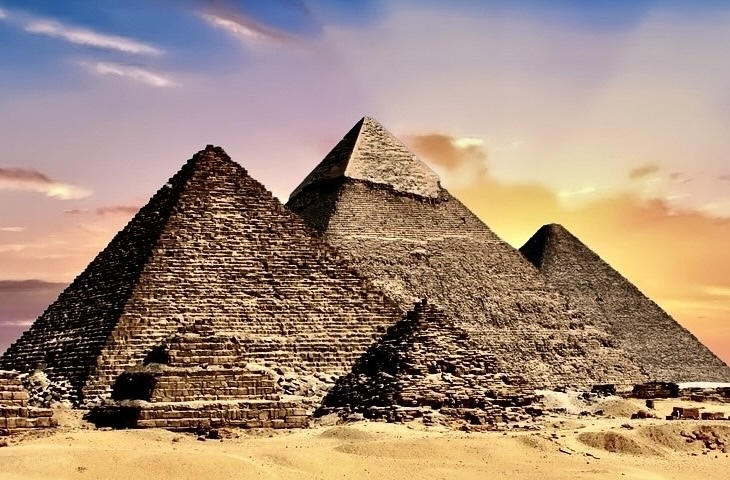
American Association for the Advancement of Science (AAAS)—A new assessment of U.S. media coverage of archaeological studies has found notable discrepancies in news about archaeological work conducted in different regions. The findings show that only 32% of 1,155 papers published in 7 different scientific journals from 2015 to 2020 earned coverage in 1 of 15 major U.S. news outlets – and that discoveries in China/Taiwan received 3 times less U.S. media attention than those featuring research in Israel/Palestine, Australia, or the U.K. Because of the cutthroat nature of today’s news landscape, many peer-reviewed studies do not receive mass media coverage. Importantly, studies that don’t reach the public don’t contribute to popular understandings of science. “Skewed coverage may be particularly charged for archaeology, a field with large public interest,” Bridget Alex and colleagues write. They argue that news coverage favoring discoveries in certain regions or cultures can “create a false impression that only those ancestries made great achievements in the past. Unreported or under-reported regions may be perceived as ‘primitive’ or lacking hallmarks of civilization.” Here, Alex et al. quantified archaeological coverage by U.S. and global outlets, assessing press attention from 1,155 archaeological papers in 1 specialist journal (Antiquity) and 6 generalist journals (Science, Nature, Science Advances, Nature Communications, Scientific Reports, and Proceedings of the National Academy of Sciences) from 2015 to 2020. They used the news tracking platform Altmetric and the press release posting platform EurekAlert! to observe trends, and also calculated a U.S.-specific news score based on a paper’s mention in 15 U.S. major outlets or aggregators (Yahoo, Google, MSN, The New York Times, The Washington Post, FOX, ABC, CNN, National Geographic, Discover, New Scientist, Newsweek, Scientific American, Forbes, and Los Angeles Times). The U.S. news score did not incorporate Associated Press coverage. Results showed that 68% of these papers had no coverage by U.S. sources. Globally, 48.3% of papers had no coverage in global news outlets according to Almetric. Coverage within the U.S. depended on the journal (correlating heavily with impact factor) and whether the authors had distributed a press release. Of note, EurekAlert! press releases often are password-protected and so not all promotion efforts could have been captured. Primarily, stories favored Paleolithic archaeological research and, secondarily, prioritized studies about early bread, beer, wine, or cannabis. Inspired by disparate coverage of two studies published in 2021 on ancient China and ancient Egypt respectively, the authors then examined geographic coverage patterns. Regression modeling showed that research covering archaeology in Israel/Palestine, the U.K., and Australia earned 3 times more coverage in at least 1 U.S. news outlet than papers covering archaeological work in China/Taiwan. “The findings point to actionable measures for researchers, press office workers, journalists, and news editors to enhance the geographic and cultural diversity of archaeology reported in U.S. press,” the authors write.
Article Source: AAAS news release.
*Regional Disparities in U.S. Media Coverage of Archaeology Research, Science Advances, 2-Jul-2025. www.science.org/doi/10.1126/sciadv.adt5435
Cover Image, Top Left: Art by Shenyi Li




